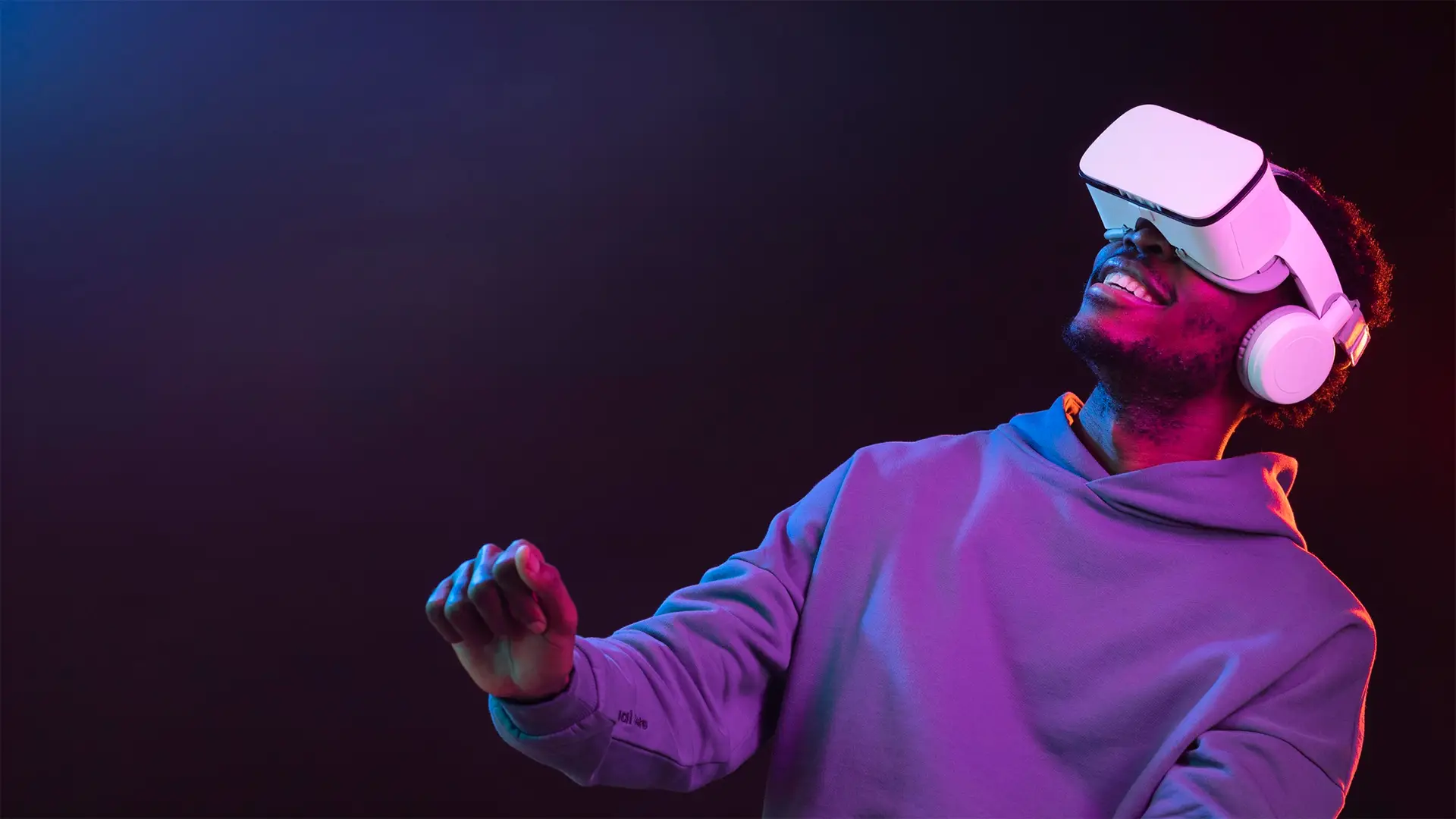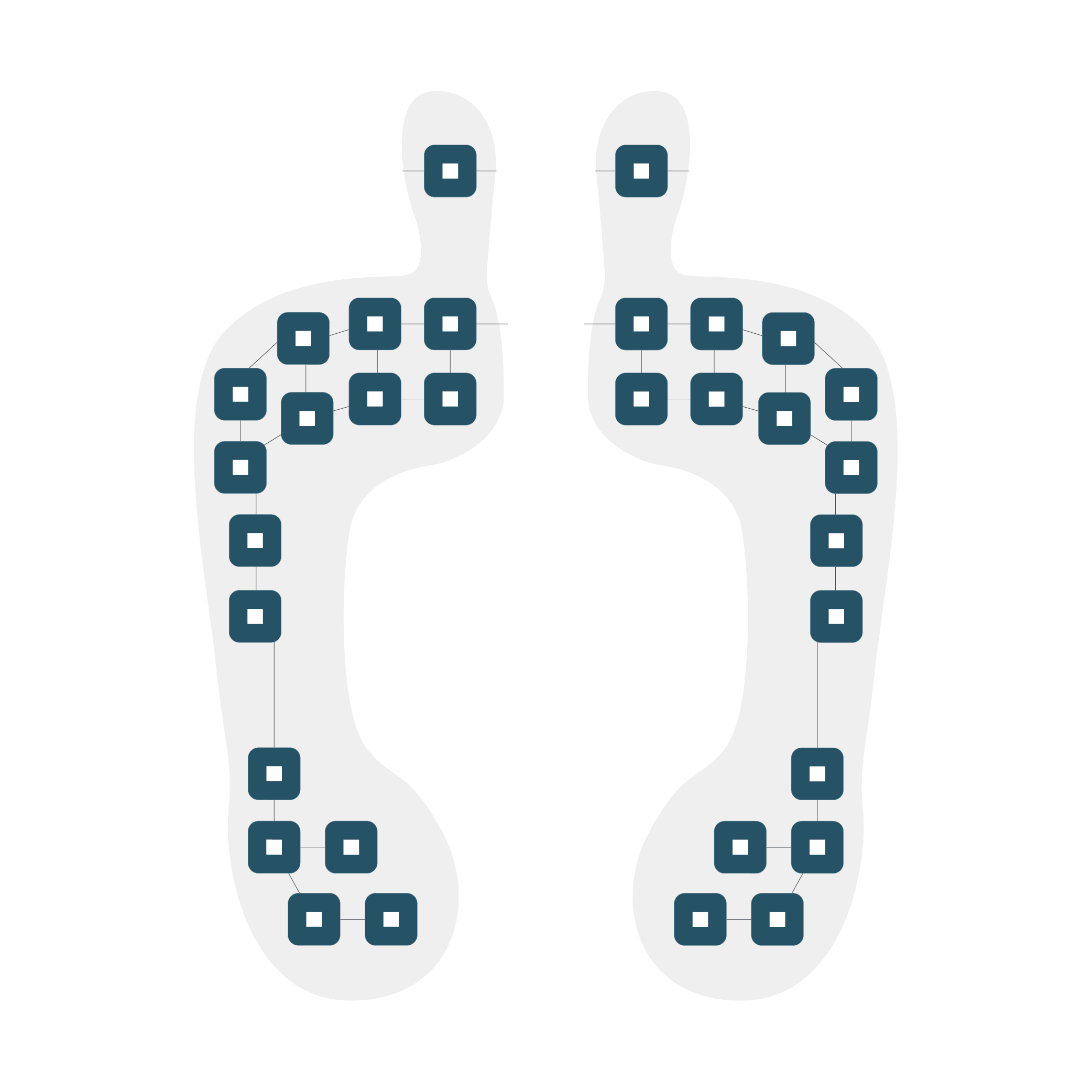Virtual Reality (VR) has transformed the way we interact with digital content, offering immersive experiences that blur the lines between the real and virtual worlds. A key component driving this transformation is the miniature Inertial Measurement Unit (IMU) sensor. These tiny yet powerful miniature IMU sensors have changed how VR systems track and respond to user movements, opening up a world of possibilities for developers and users alike.
Understanding Miniature IMU Sensors
At their core, miniature IMU sensors are sophisticated yet compact devices comprising accelerometers, gyroscopes, and occasionally magnetometers. These components work in harmony to capture precise measurements of acceleration, angular velocity, and magnetic field, respectively. By amalgamating this data, IMU sensors create a detailed 3D representation of an object’s motion and orientation. This intricate information serves as the foundational element for the dynamic and responsive nature of VR experiences. It enables real-time adjustments to the virtual environment based on the user’s movements. Essentially, IMU sensors diligently provide the critical data that transform static virtual worlds into interactive and immersive worlds.
The Foundation of Motion Tracking in VR
Motion tracking in virtual reality (VR) hinges on the precise functionality of miniature IMU sensors. These advanced sensors continuously capture the intricate details of the user’s head, hand, and full-body movements. This real-time processing is essential for ensuring a fluid experience, where the virtual environment dynamically adjusts based on the user’s physical actions. For instance, if a player turns their head or raises a hand, the system must immediately reflect those actions within the virtual space without any noticeable delay.
This precise coordination between the user’s physical actions and the corresponding changes in the virtual environment creates a seamless illusion, blending the real and virtual worlds. The user feels a heightened sense of immersion, as their actions are not just mirrored but fully integrated into the VR space, enhancing the overall realism and interactivity of the experience. This synergy between physical movement and virtual response is what enables the engaging and convincing VR experiences we enjoy today.
Elevating Immersion through Sensor Fusion
To achieve higher accuracy and responsiveness in VR systems, IMU sensor data is often combined with information from other sensors like cameras and magnetic sensors. This process, known as sensor fusion, is akin to creating a comprehensive understanding of a scene by merging multiple perspectives. By intelligently integrating data from various sources, VR systems can construct a more precise and detailed representation of the user’s environment and movements.
This holistic approach enables smoother, more realistic experiences, as the system can anticipate user actions and adapt accordingly. For instance, combining IMU data with camera input can provide accurate hand tracking, allowing users to interact with virtual objects naturally.
Custom AI: The Catalyst for Optimal Performance
Sensor fusion, the intricate process of amalgamating data from multiple sensors, presents a significant challenge in the realm of VR. To unlock the full potential of this data and craft truly immersive experiences, custom AI solutions are often imperative. These AI systems function as intelligent intermediaries, meticulously learning from the intricacies of user behavior and environmental variables to refine the interpretation of sensor data.
By continuously adapting to the user’s actions and preferences, these AI systems create a dynamic VR environment that surpasses the limitations of static systems. The outcome is a VR experience that feels tailored to the individual, akin to a dedicated personal assistant curating a virtual world that evolves in real time.
Expanding the Frontiers of VR with IMU Sensors
Beyond fundamental motion tracking, Miniature IMU Sensors are propelling VR into uncharted territories. Some groundbreaking applications include:
- Advanced Hand Tracking: Imagine manipulating virtual objects with the fluidity and intuitiveness of natural hand movements without the encumbrance of controllers. IMU sensors embedded into wearable motion trackers like gloves or rings are making this a reality. The potential for precise gesture recognition and haptic feedback opens up new possibilities for interactive experiences, from virtual musical instruments to surgical simulations.
- Enhanced Locomotion: The pursuit of replicating the sensation of actually walking within a virtual environment has been a primary goal for VR developers. IMU sensors integrated into shoes or treadmills provide the precision necessary to create highly realistic walking experiences. By capturing detailed foot placement and body movement, these sensors enable more natural and engaging locomotion, reducing motion sickness and enhancing immersion.
- Biofeedback Integration: By monitoring physiological signals such as heart rate and breathing patterns, IMU sensors can add an unprecedented layer of emotional depth to VR experiences. This opens up possibilities for emotionally intelligent characters that can respond to the user’s emotional state, adaptive storytelling that adjusts based on the user’s engagement, and even therapeutic applications that leverage the power of VR to manage stress or anxiety.
- Accessibility and Inclusivity: IMU sensors are instrumental in creating VR experiences that are accessible to individuals with disabilities. By providing alternative input methods, these sensors are breaking down barriers and making VR a more inclusive technology. For example, eye-tracking combined with IMU data can enable users with limited mobility to navigate and interact with the virtual world.
A Glimpse into the Future
The future of VR is inextricably tied to the evolution of Miniature IMU Sensors. Beyond their foundational role in motion tracking, these tiny powerhouses are poised to revolutionize how we experience virtual reality. From crafting hyper-realistic simulations for industries like healthcare, aerospace, and military training to pioneering entirely new forms of entertainment, the potential applications are vast and exciting.
We can envision a future where VR seamlessly integrates into our daily lives, enhancing communication, team work, and education. Imagine remote teams collaborating in immersive virtual spaces, students exploring historical events firsthand, or patients overcoming phobias through exposure therapy in controlled virtual environments. The possibilities are infinite, and as technology continues to advance, AI-enabled IMU Sensors will undoubtedly play a pivotal role in shaping this future.
Conclusion
Miniature IMU Sensors are the unsung architects of immersive VR experiences. Their ability to capture and process movement data with precision is fundamental to creating virtual worlds that feel truly real. As sensor technology and AI continue to advance, we can anticipate even more extraordinary applications emerging in the years to come.
Are you eager to harness the power of Miniature IMU Sensors and sensor fusion software to elevate your VR project? 221e specializes in developing custom AI solutions tailored to optimize sensor fusion. Contact us to explore how we can collaborate to create the next generation of VR experiences.

